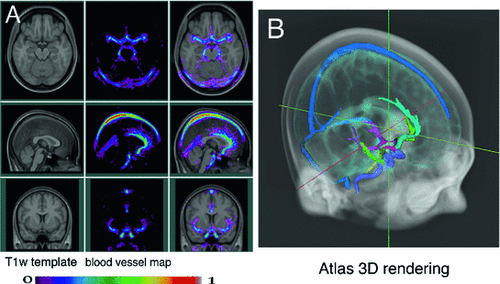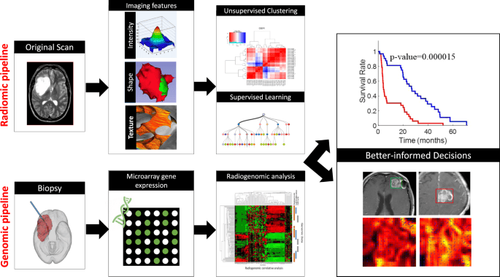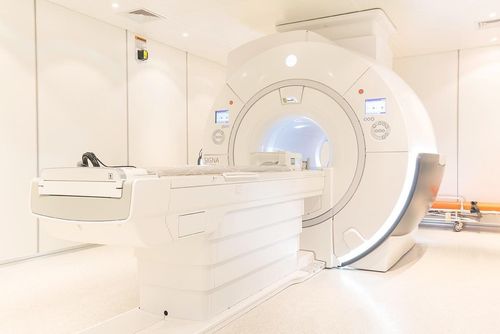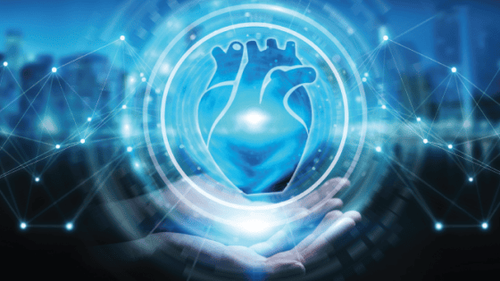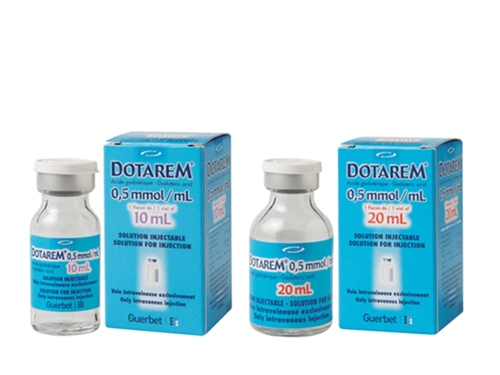This is an automatically translated article.
The article is professionally consulted by Master, Doctor Lam Thi Kim Chi - Department of Diagnostic Imaging - Vinmec International Hospital Da Nang. The doctor has more than 6 years of experience as a radiologist.Cardiovascular magnetic resonance imaging is considered the most modern method of diagnosis and monitoring of cardiovascular diseases today. Thanks to this technique, doctors can predict and orient effective treatment for people with cardiovascular diseases to prevent disease progression and take proactive measures to take care of and protect good health. than.
1. Heart Anatomy
The heart is located in the mediastinum, above the diaphragm. The heart consists of 4 chambers, 2 atria above and 2 ventricles below. The interventricular septum and the atrial septum divide the heart along the longitudinal axis. The outside of the myocardium is surrounded by the pericardium and the inside is lined by the endocardium. Two coronary arteries originate from the aorta and are responsible for supplying blood to the heart.The atria of the heart have thinner walls than the ventricles, located at the base of the heart. The right atrium has vena cava from below, the left atrium has 4 veins from the lungs; The ventricles, especially the left ventricle, have thicker muscle walls than the atria. In the ventricles, there are papillary muscles, the free ends of which have tendon cords that connect to the leaflets of the atrioventricular valves.
2. What is magnetic resonance imaging?
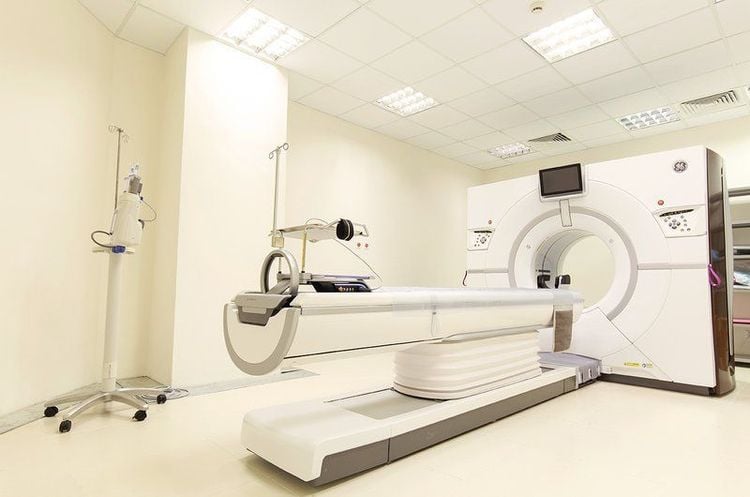
MRI scans give high resolution and good contrast images, helping doctors to assess the damage of organs in detail and diagnose the disease accurately. In addition, images from MRI have the ability to reproduce 3D, actively supporting the diagnosis of diseases, providing effective treatment regimens. In many cases, an MRI is better than other imaging techniques such as ultrasound, X-ray, or CT.
In addition, the MRI process does not cause side effects like X-rays or CT scans. At the same time, MRI also allows detecting abnormalities hidden behind bone layers that are difficult to detect with other imaging methods. In particular, cardiac MRI gives faster and more accurate results than X-rays in diagnosing cardiovascular diseases.
3. What is Cardiovascular Magnetic Resonance Imaging?
Cardiovascular magnetic resonance is an imaging technique indicated for patients with or suspected heart disease. Echocardiography is the primary imaging modality. However, cardiac MRI is playing an increasingly important role in the diagnosis, monitoring and treatment of cardiovascular diseases. This technique is widely applied in coronary artery disease, congenital heart disease, cardiomyopathy, heart valve...Advantages of cardiovascular MRI:
High spatial resolution The survey plane is not limits Safe, non-invasive Tissue characterization However, cardiac MRI is limited in the following cases:
Movement: heart, thoracic cavity, diaphragm... interferes with image Size structures Small: <1mm (Example: Coronary artery): difficult to investigate
4. Indications for cardiac MRI
Cardiac MRI is indicated for the acquired and congenital heart disease groups. Specifically:Evaluation and functional anatomy of the ventricular chambers; Assessment of abnormal flow, anatomy of congenital heart disease; Diagnosis of myocardial infarction and fibrosis; Evaluation of myocardial survival in acute and chronic myocardial infarction syndrome; Evaluation of left ventricular function and movement; Diagnosis of cardiomyopathy such as dilated or hypertrophic myocardium, myocarditis, untrapped myocardium, iron deposition in the myocardium,...; Diagnosis of pericardial and vascular diseases; Characterization of cardiac mass; Spectroscopy – Spectroscopy; Diagnosis and monitoring of valvular heart disease; Diagnosis and monitoring of primary and secondary cardiac tumors: Provide images of tumor properties for doctors to identify and evaluate the invasiveness of the tumor.
5. Notes when taking heart MRI

Inform the doctor if the body has metal devices implanted because the magnetic field of the scanner can affect the devices this. Metal devices such as artificial heart valves, pacemakers, hearing aids, intramedullary nails, metal combined with bone, shrapnel, T Cu 380A IUD, dentures, etc. needs to be removed from the body before the MRI; Only perform MRI when prescribed by a specialist; MRI should not be taken if the patient has claustrophobia syndrome; Do not bring cell phones, jewelry, hairpins, watches, resuscitation equipment, credit cards or metal tools into the MRI room; For good image quality, the patient needs to be still during the MRI scan; For cases where contrast injection is required, the medical staff will ask the patient about the history of oral allergies, history of kidney disease before the MRI scan and instructions to sign the consent form. Contrast drugs are not toxic to the body but can cause allergies with manifestations such as headache, dizziness, nausea, vomiting, numbness of limbs, rash, itching,... These side effects are usually mild and disappeared after taking anti-allergic drugs. Cardiovascular magnetic resonance imaging has high accuracy, few side effects, good support for doctors in the diagnosis and treatment of cardiovascular diseases for patients. When performing cardiac MRI, patients need to coordinate according to the instructions of medical staff.
Please dial HOTLINE for more information or register for an appointment HERE. Download MyVinmec app to make appointments faster and to manage your bookings easily.





